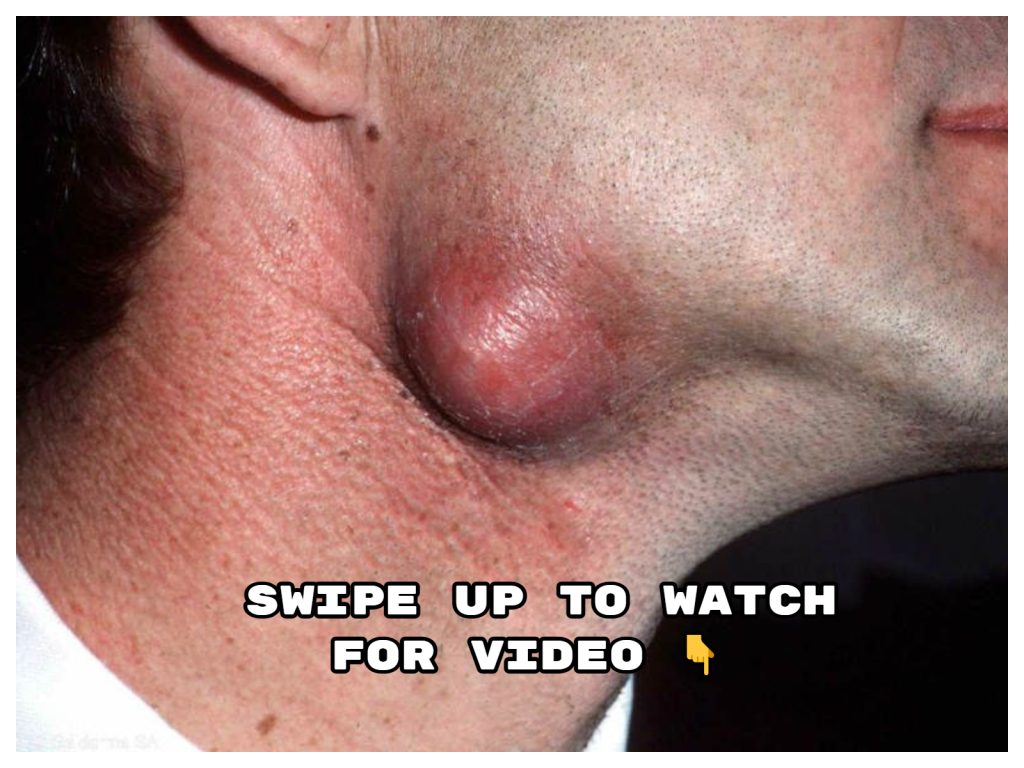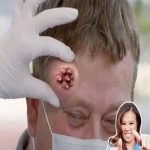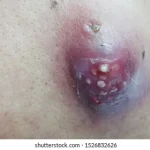🧼 Safe Blackhead Extraction
Blackheads are open comedones formed when pores become clogged with excess oil and dead skin cells. While tempting to extract, improper techniques can lead to skin damage or scarring.
✅ Recommended Extraction Method
-
Prepare Your Skin: Cleanse your face with a gentle cleanser to remove dirt and oil. Apply a warm compress or steam your face for 5–10 minutes to open pores.
-
Use a Sterilized Comedone Extractor: Choose a stainless steel extractor with a rounded loop. Disinfect it with rubbing alcohol before use. Gently press around the blackhead to release the contents without applying excessive force.
-
Aftercare: Apply a soothing toner, such as witch hazel, to close pores. Avoid touching your face to prevent introducing bacteria.
For persistent or deep blackheads, consider professional treatments like extractions by dermatologists or HydraFacials for more effective removal.
❌ Avoid Extracting Cystic Acne at Home
Cystic acne involves deep, painful lesions beneath the skin’s surface. Attempting to pop or squeeze these cysts can worsen inflammation, increase the risk of infection, and lead to permanent scarring.
🔬 Recommended Treatments for Cystic Acne
-
Topical Medications:
-
Retinoids: Products like adapalene (Differin) help unclog pores and reduce inflammation.
-
Benzoyl Peroxide: Reduces acne-causing bacteria.
-
Salicylic Acid: Exfoliates the skin and prevents pore blockages.
-
-
Oral Medications:
-
Antibiotics: Reduce bacteria and inflammation.
-
Isotretinoin (Accutane): For severe cases, it decreases oil production and prevents clogged pores.
-
-
Professional Treatments:
-
Corticosteroid Injections: Quickly reduce inflammation in large cysts.
-
Incision and Drainage: Performed by dermatologists to safely drain cysts.
-
Consult a dermatologist to determine the most appropriate treatment plan for your specific condition.
🧴 Skincare Tips to Prevent Acne
-
Cleanse Gently: Use a mild cleanser twice daily to remove excess oil and dirt.
-
Moisturize: Even oily skin needs hydration; opt for non-comedogenic moisturizers.
-
Exfoliate Regularly: Use products containing salicylic acid to prevent clogged pores.
-
Avoid Touching Your Face: Hands can transfer bacteria and oil to your skin.
-
Use Sunscreen: Protects against UV damage and prevents post-acne hyperpigmentation.


